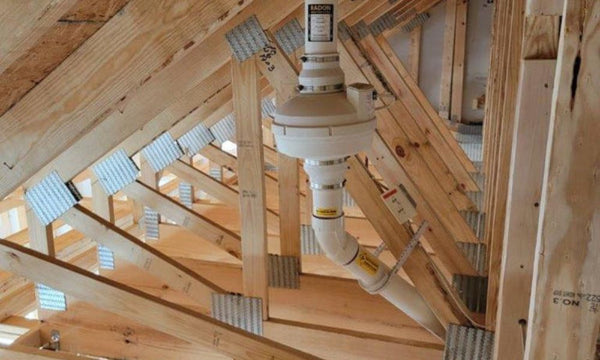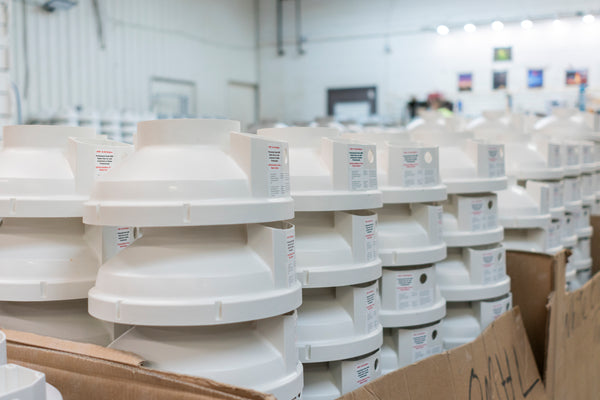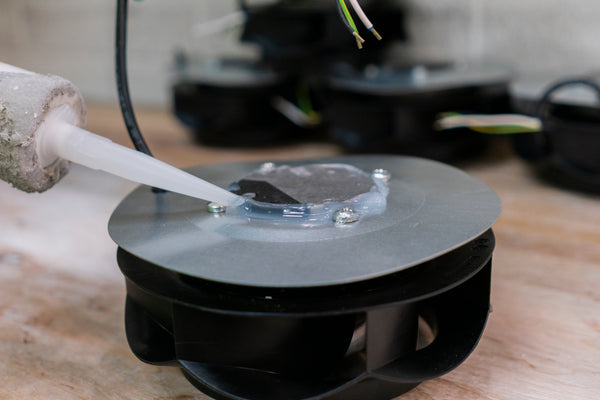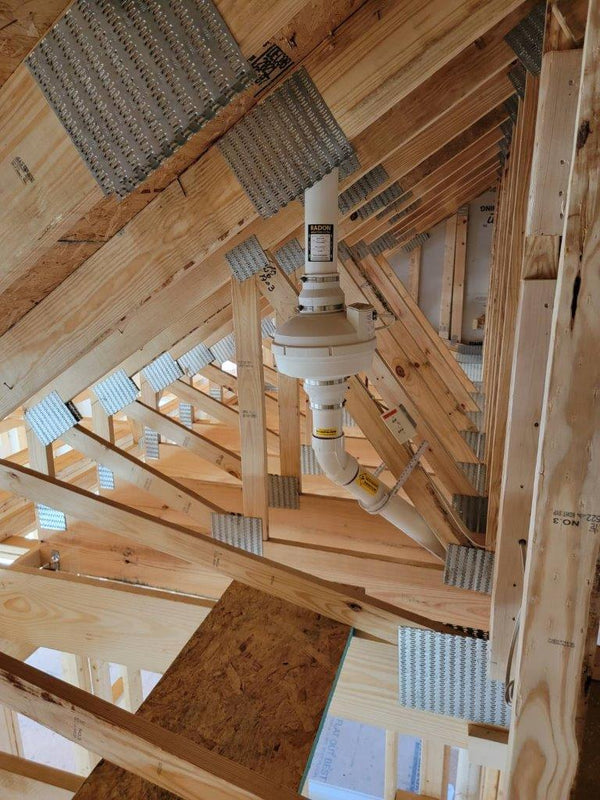
3 Tips for Activating a Passive Radon System
Radon is a gas released through the decay of uranium and other elements. It slowly seeps up from the ground into a home, where it collects and presents an ongoing health hazard. Constant radon exposure over several years can result in lung cancer or other conditions. But it doesn’t have to be that way. With the installation of a passive radon system, you can remove radon from your home. Here are three tips for activating a passive radon system.
What Is a Passive Radon System?
Most homes already have a ventilation system set up to work in tandem with their plumbing. These are the metal pipes sticking out of the roof. They ensure airflow to prevent a vacuum in the pipes that would slow down the flow of water in and out of the house. Such vents also take away and disperse unhealthy and dangerous sewer gases. Plumbers attach a plumbing vent pipe made of steel or another metal to the plumbing and run it through the walls and up to the roof. A passive radon mitigation system will stub up out of the basement slab, run through the exterior wall to the outside, or most often run up through the attic and out the roof of the home. It will use either 3 or 4 inch PVC or ABS pipe. New construction in areas with higher levels of radon must have this system.
What Makes It Passive?
There are two kinds of radon mitigation systems: passive and active. The main difference is the active version has a radon ventilation fan to draw out radon gas. A passive system is a piping system that relies only on the stack effect passively venting the gas. The only difference between a passive and an active radon mitigation system is the presence of a fan. However, it isn’t as effective as an active system with a fan. The setup is fairly simple. While they don’t require much maintenance, if a person is unfamiliar with their system, you should call in an expert to inspect it and see if it’s operating correctly. Part of this involves testing the home’s radon levels, which you should do every two years anyway.
Activating the System
A previously installed passive radon mitigation system should already be operating, but if your system is new, activation is simple. Activating a system would only entail finding an ideal location for the radon fan (most often in the attic, below the exhaust for RRNC passive systems), cutting the pipe, installing and wiring the fan, installing the radon system pressure gauge/manometer. This permits the air to flow up through the ground and through the pipe until it reaches the top. There, the gas safely disperses into the atmosphere. If you’re unfamiliar with the way the whole device works, you should leave it to a professional. The expert will know how to adjust the settings to get the suction levels right. They’ll also identify any leaks or other issues that can impede efficiency.
We’re Big Fans!
Those are three tips for activating a passive radon system. Homeowners who are interested in improving their system should explore the possibility of switching from a passive to an active system. Contact us today for a consultation!





